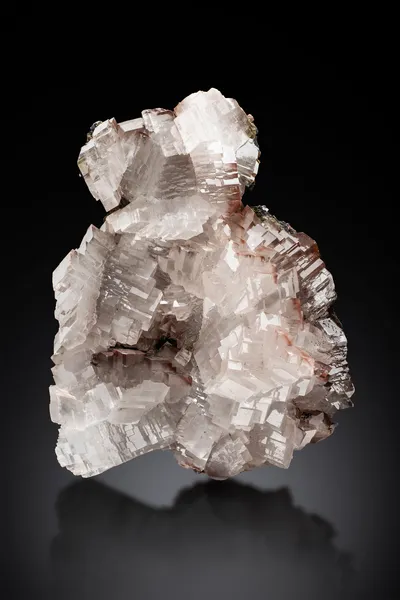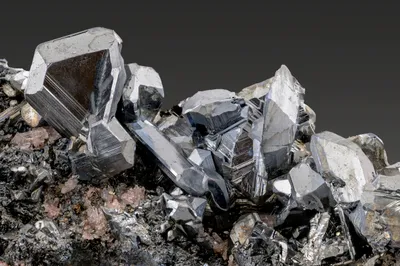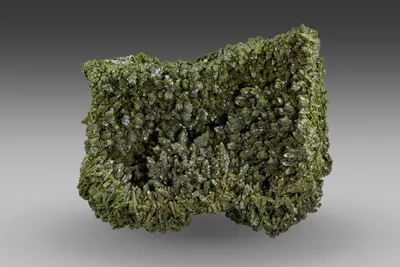Mineral Species
Tangeite
Type Locality
No
Composition
CaCu(VO4)(OH)
Crystal System
Orthorhombic
Status at Tsumeb
Questionable
Entry Number
Species; TSNB343
General Notes
Tangeite (formerly calciovolborthite) is closely related to mottramite but with Ca > Pb in one of the cation sites; the two minerals cannot be distinguished visually. Furthermore, tangeite (like mottramite) is readily confused (visually) with conichalcite or duftite.
Lombaard et al. (1986) included calciovolborthite as a questionable species in their list of Tsumeb mineral species, but without further comment.
Tangeite per se was first reported from Tsumeb by Austrian mineralogist Franz Neuhold (http://www.mindat.org/locentry-733238.html; accessed April 2015), but the method of identification was not disclosed. The tangeite was described as radial aggregates (to 0.5 mm) of yellow-green, microcrystalline needles, forming velvety, micro-botryoidal crusts.
Bowell and Mocke (2018) described bright green rosette-shaped crystals of tangeite (to 0.1 mm) in a calcite-hosted vug from 34 Level. They list chalcocite, chrysocolla, descloizite, mottramite and vanadinite as associated minerals. The method by which tangeite was identified was not indicated.
XRD analysis of a specimen in the Southwood Collection (MS 2014.082) gave a spectrum with a close (but imperfect) fit for tangeite, which occurs as a moss-green botryoidal crust associated with mottramite (darker green) and off-white iron-stained dolomite.
Nevertheless, questionable status is retained for tangeite pending confirmation by means of a compositional analysis.
Associated Minerals
calcite (?); chalcocite (?); chrysocolla (?); descloizite (?); dolomite (?); mottramite (?); vanadinite (?)



